
Deciding on a facelift, or rhytidectomy, is a significant step in your anti-aging journey. For international patients seeking world-class results at competitive prices, South Korea and Japan stand out as premier destinations in Asia. This comprehensive guide will meticulously compare facelift procedures, costs, techniques, and the overall patient experience in these two esteemed countries, providing clarity to help you make an informed decision for your facial rejuvenation goals.
Choosing Your Path to Youthful Radiance - South Korea or Japan?
Both South Korea and Japan offer cutting-edge plastic surgery, highly skilled surgeons, and state-of-the-art facilities, making them top choices for a facelift abroad. South Korea, particularly Seoul, has earned a global reputation as the "Plastic Surgery Capital," known for its innovative techniques, efficient systems, and emphasis on achieving a youthful yet natural aesthetic. Patients often seek the "Korean look," which often involves a holistic approach to facial harmony.
Japan, on the other hand, is lauded for its meticulous surgical precision, conservative approach, and an unwavering commitment to natural, understated results. Japanese plastic surgeons are known for their artistic skill and focus on minimizing scarring, ensuring a refined outcome that enhances existing features rather than drastically altering them. The choice between these two Asian giants often hinges on individual aesthetic preferences, desired surgical approach, and the overall cultural experience you seek during your medical journey.
Facelift in South Korea vs Japan - Detailed Comparison Table
Facelift Expertise - Core Strengths in South Korean and Japanese Plastic Surgery
South Korea Key Capabilities for Rhytidectomy
South Korea's prowess in plastic surgery, particularly in facelift procedures, stems from several key strengths. The country boasts an exceptionally high volume of plastic surgeons, fostering intense competition and continuous innovation. Clinics in Seoul's renowned Gangnam district are hubs for advanced research and development, often pioneering new techniques in face lift surgery.
Korean surgeons are experts in creating a natural, harmonious balance, often combining traditional rhytidectomy with ancillary procedures like fat grafting for volume restoration, thread lifts for subtle tightening, or laser treatments for skin texture improvement. This integrated approach ensures comprehensive rejuvenation, addressing not just sagging skin but also overall facial contour and quality. The infrastructure for international patients is highly developed, offering seamless travel, translation, and recovery support.
Japan Key Capabilities for Facial Rejuvenation Surgery
Japan's strength in facelift procedures lies in its deeply ingrained culture of precision, artistry, and meticulousness. Japanese plastic surgeons are globally recognized for their incredibly detailed surgical work, aiming for subtle yet highly effective anti-aging results. The emphasis is often on minimizing scarring through intricate suturing techniques and a conservative approach that respects individual facial anatomy, avoiding an "overdone" look.
Patients seeking a refined, elegant, and long-lasting result with minimal signs of surgery often choose Japan. The country's medical facilities adhere to extremely high standards of hygiene and patient safety, and surgeons are often trained with a focus on deep anatomical understanding. While perhaps not as overtly marketed for medical tourism as South Korea, Japan offers an unparalleled quality of care and a sophisticated approach to anti-aging surgery.
Facelift in South Korea - Pros and Cons for International Patients
Pros of Facelift in South Korea
- Advanced Techniques & Innovation: Pioneers in combining traditional rhytidectomy with modern non-surgical and minimally invasive enhancements for comprehensive results.
- Competitive Pricing: Generally more affordable than Western countries and often slightly less than Japan, offering excellent value for world-class care.
- High Volume of Experienced Surgeons: A vast pool of highly specialized surgeons with extensive experience in facelift procedures, especially for Asian facial structures.
- Integrated Medical Tourism Infrastructure: Clinics offer seamless packages including translation, accommodation assistance, and post-operative care, making the process easy for international patients.
- Focus on Natural & Youthful Results: A strong emphasis on achieving a rejuvenated, natural appearance that maintains individual character.
- Excellent Aftercare & Recovery Programs: Many clinics offer comprehensive aftercare, including specialized massages, swelling reduction treatments, and follow-up support.
Cons of Facelift in South Korea
- Potential for Over-Commercialization: The sheer volume of clinics can make it challenging to discern truly reputable ones from those focused purely on mass appeal.
- High Patient Volume: Some larger clinics might have a higher patient turnover, potentially leading to slightly less personalized attention.
- Cultural Differences: While highly advanced, navigating daily life outside the clinic might present minor cultural or language barriers if not prepared.
- Risk of "Trendy" Procedures: The fast-paced nature of the industry might sometimes lead to surgeons offering newer, less proven techniques alongside established ones.
Facelift in Japan - Pros and Cons for International Patients
Pros of Facelift in Japan
- Unparalleled Precision & Artistry: Japanese surgeons are renowned for their meticulous attention to detail, resulting in incredibly refined and natural outcomes.
- Conservative & Elegant Results: A focus on subtle enhancement, avoiding an "operated" look, which appeals to patients desiring understated beauty.
- Exceptional Safety Standards: Japan's healthcare system is globally recognized for its stringent safety protocols and high quality of care.
- Minimal Scarring: Surgeons employ advanced suturing techniques and careful incision placement to ensure scars are virtually undetectable.
- Sophisticated Patient Experience: High standards of hospitality, cleanliness, and professionalism characterize the patient journey.
- Long-Lasting, Durable Results: The emphasis on deep structural repositioning often leads to more stable and enduring facelift outcomes.
Cons of Facelift in Japan
- Higher Cost: Facelift procedures in Japan tend to be more expensive than in South Korea, though still more affordable than many Western countries.
- Less Extensive Medical Tourism Infrastructure: While growing, clinics might offer fewer all-inclusive packages or dedicated international patient services compared to South Korea.
- Language Barrier: While major clinics have English-speaking staff, communication outside the medical environment can be more challenging without basic Japanese.
- Conservative Aesthetic: Patients seeking more dramatic transformations might find the Japanese approach too subtle.
- Slightly Longer Waiting Times: Due to high demand and meticulous scheduling, appointments with top surgeons might require longer lead times.
What to Expect - The International Patient Experience for Facelift Surgery
The South Korean Facelift Journey
In South Korea, the international patient experience for a rhytidectomy is often highly streamlined and efficient. From the moment you inquire, clinics typically provide dedicated coordinators who assist with everything from initial consultations (often online) to travel logistics, accommodation bookings, and post-operative care. You can expect multiple pre-operative consultations, where 3D imaging and detailed discussions help align your expectations with potential outcomes.
The surgical process itself is efficient, followed by comprehensive aftercare that might include specialized lymphatic massages and light treatments to aid recovery. The vibrant atmosphere of cities like Seoul also offers an exciting backdrop for your recovery, with many amenities catering to international visitors.
The Japanese Facelift Journey
The experience of undergoing a facelift in Japan is characterized by a high degree of professionalism, respect, and quiet efficiency. While perhaps less overtly "packaged" for medical tourism, top Japanese clinics excel in personalized care. Consultations are thorough, often involving detailed explanations of techniques and realistic outcome discussions. Surgeons prioritize patient education and comfort.
Post-operative care is meticulous, focusing on optimal healing and scar minimization. Patients often appreciate the calm and clean environment, reflecting Japan's overall commitment to quality and order. While English support is available in leading clinics in Tokyo or Osaka, a general appreciation for Japanese culture and a willingness to navigate local customs can enhance the overall experience.
Real Stories from Rejuvenated Patients
Anna R., USA
Facelift in Seoul
"I chose South Korea for my facelift, specifically a clinic in Gangnam, after extensive research. The results are incredibly natural – exactly what I wanted. I look ten years younger without looking 'done.' The patient coordinator was fantastic, helping with everything from my flight to my recovery hotel. Highly recommend a face lift in Seoul!"
James T., Australia
Rhytidectomy in Tokyo
"My experience in Tokyo for a rhytidectomy was exceptional. The surgeon's precision was astounding, and the scarring is virtually invisible. I look refreshed and refined, not pulled. The attention to detail from the entire medical team was truly world-class. If you value subtle elegance, Japan is the place for anti-aging surgery."
Maria K., Canada
Mini-facelift South Korea
"I opted for a mini-facelift in South Korea. The results are subtle but made a huge difference to my jawline and neck. The cost was incredibly reasonable for the quality of care. The clinic staff were all bilingual and made me feel completely comfortable. A great choice for anyone considering a facelift in South Korea without breaking the bank."
Sophie Y., UK
Facelift in Japan
"Japan was my choice for a facelift because I wanted something very natural and discreet. My surgeon in Osaka was an artist. The entire process was smooth, professional, and I felt respected and cared for. I look younger, but no one can quite tell why – exactly the result I desired from a facelift in Japan."
Frequently Asked Questions About Facelifts in Asia
Is a facelift in South Korea or Japan safe for international patients?
Yes, both South Korea and Japan are renowned for their highly advanced medical infrastructure, strict regulatory oversight, and skilled plastic surgeons. Many clinics and hospitals cater specifically to international patients, adhering to global safety and quality standards. However, thorough research to select a board-certified surgeon and reputable clinic is always crucial. Look for clinics with a strong track record and transparent communication.
How much does a facelift typically cost in South Korea compared to Japan?
Generally, facelift costs in South Korea range from $7,000 to $15,000 USD, while in Japan, they can range from $10,000 to $20,000 USD for a full facelift. These prices vary significantly based on the surgeon's experience, the complexity of the procedure (e.g., mini facelift vs. full facelift, inclusion of neck lift), and the clinic's reputation. Both offer considerable savings compared to Western countries like the USA or UK.
What are the primary differences in facelift techniques between South Korea and Japan?
South Korea is famous for its advanced, often minimally invasive techniques that focus on a 'natural yet enhanced' look, integrating technologies like fat grafting and thread lifts with traditional rhytidectomy. Japanese techniques are known for their meticulous attention to detail, precision, and a conservative approach that prioritizes subtle, elegant, and long-lasting results with minimal scarring. Both offer excellent rhytidectomy options.
Do surgeons in South Korea and Japan speak English?
Yes, many top-tier clinics and surgeons in popular medical tourism destinations like Seoul and Tokyo have English-speaking staff and often offer translation services. It's advisable to confirm this during your initial consultation to ensure clear communication throughout your facelift journey.
How long is the recovery period for a facelift in South Korea or Japan?
The initial recovery period, involving swelling and bruising, typically lasts 1-2 weeks. Most patients can return to light activities after this time. Full recovery and final results may take several months. It's recommended to plan at least 7-10 days stay in the country for post-operative checks and initial healing for a facelift recovery.
What are the visa requirements for medical tourism to South Korea or Japan?
For most nationalities, a tourist visa is sufficient for short-term medical procedures. However, it's crucial to check the specific visa requirements for your country of origin with the respective embassies or consulates well in advance of your travel. Always ensure your passport is valid for at least six months beyond your planned return date.
Are there specific types of facelifts more common in one country over the other?
In South Korea, techniques like the SMAS facelift, mini-facelift, and often combination procedures with fat grafting or thread lifts for volume restoration are popular. Japan often emphasizes deep plane facelifts for comprehensive lifting and meticulous skin closure, though all standard techniques are available in both countries. Your surgeon will recommend the best facelift technique for your individual needs.
How do I choose the best facelift clinic or surgeon in South Korea or Japan?
Look for board-certified plastic surgeons with extensive experience in facelift procedures, positive patient reviews, clear before-and-after portfolios, and transparent pricing. Consider clinics that offer comprehensive packages for international patients, including consultations, procedure, aftercare, and accommodation assistance. PlacidWay can help connect you with vetted clinics and best facelift surgeons South Korea and Japan.
What kind of post-operative care can I expect after a facelift in Asia?
Leading clinics in both Mexico and Colombia have well-established protocols for post-treatment care. They will provide you with a detailed report of your treatment and will coordinate with your local doctor for ongoing care and monitoring. Many also offer remote consultations for follow-up questions and support. Reputable clinics in both countries provide excellent post-operative care, including follow-up appointments, medication, detailed instructions for at-home care, and often lymphatic drainage massages to reduce swelling and aid healing. South Korean clinics might offer more integrated beauty aftercare, while Japanese clinics focus on meticulous surgical follow-up.
Can I combine a facelift with other anti-aging procedures?
Yes, it is common to combine a facelift with other anti-aging procedures such as a neck lift, eyelid surgery (blepharoplasty), brow lift, or fat grafting to achieve a more harmonious and comprehensive rejuvenation. Discuss your overall aesthetic goals with your chosen surgeon during the consultation to determine the best course of action for combined plastic surgery procedures.
Ready to Reclaim Your Youthful Appearance?
Choosing between a facelift in South Korea and facelift in Japan is a personal decision, driven by your aesthetic goals, budget, and desired experience. Both countries offer unparalleled expertise in anti-aging surgery. At PlacidWay, we simplify this complex choice by connecting you with pre-vetted, world-class clinics and top surgeons in both Seoul and Tokyo.
Our dedicated Care Team is here to provide a free, no-obligation consultation. We'll help you compare personalized treatment packages, understand transparent pricing for facelift cost South Korea and facelift price Japan, and answer all your specific questions. Let us guide you towards the perfect destination for your facial rejuvenation journey, so you can focus on achieving the beautiful, natural results you deserve.




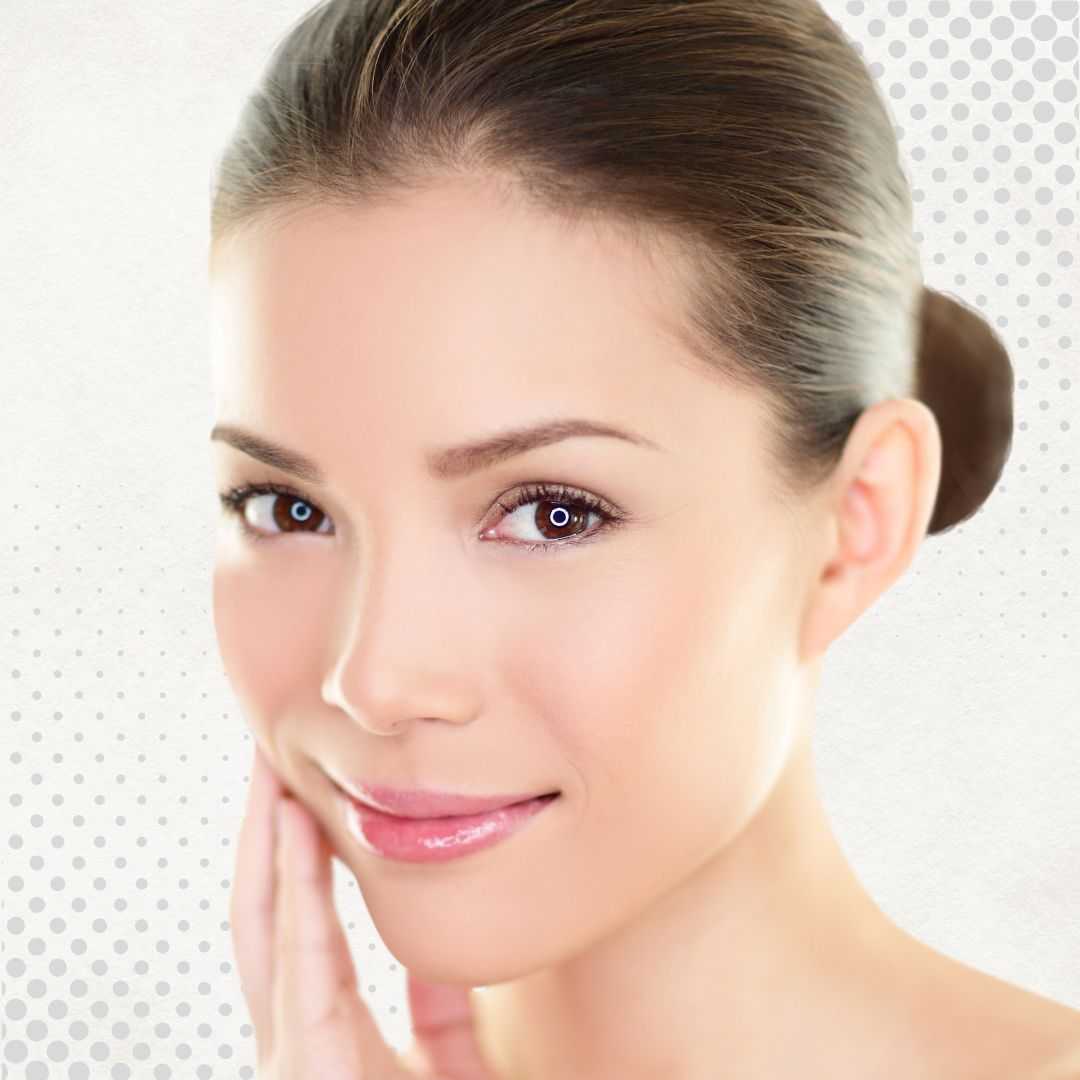




.png)
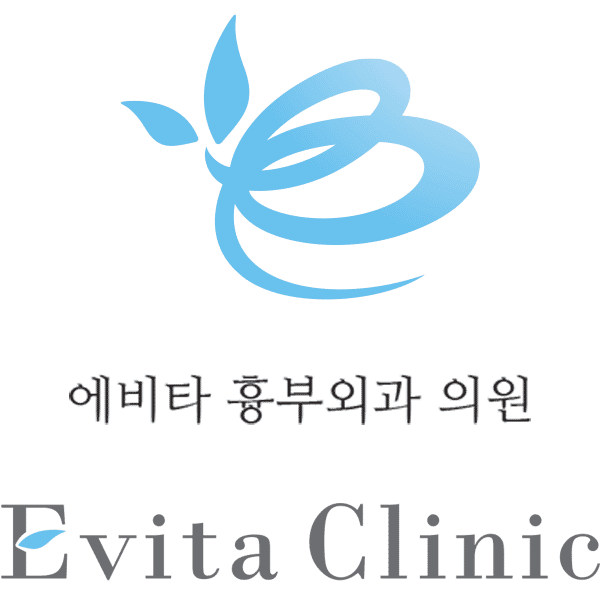
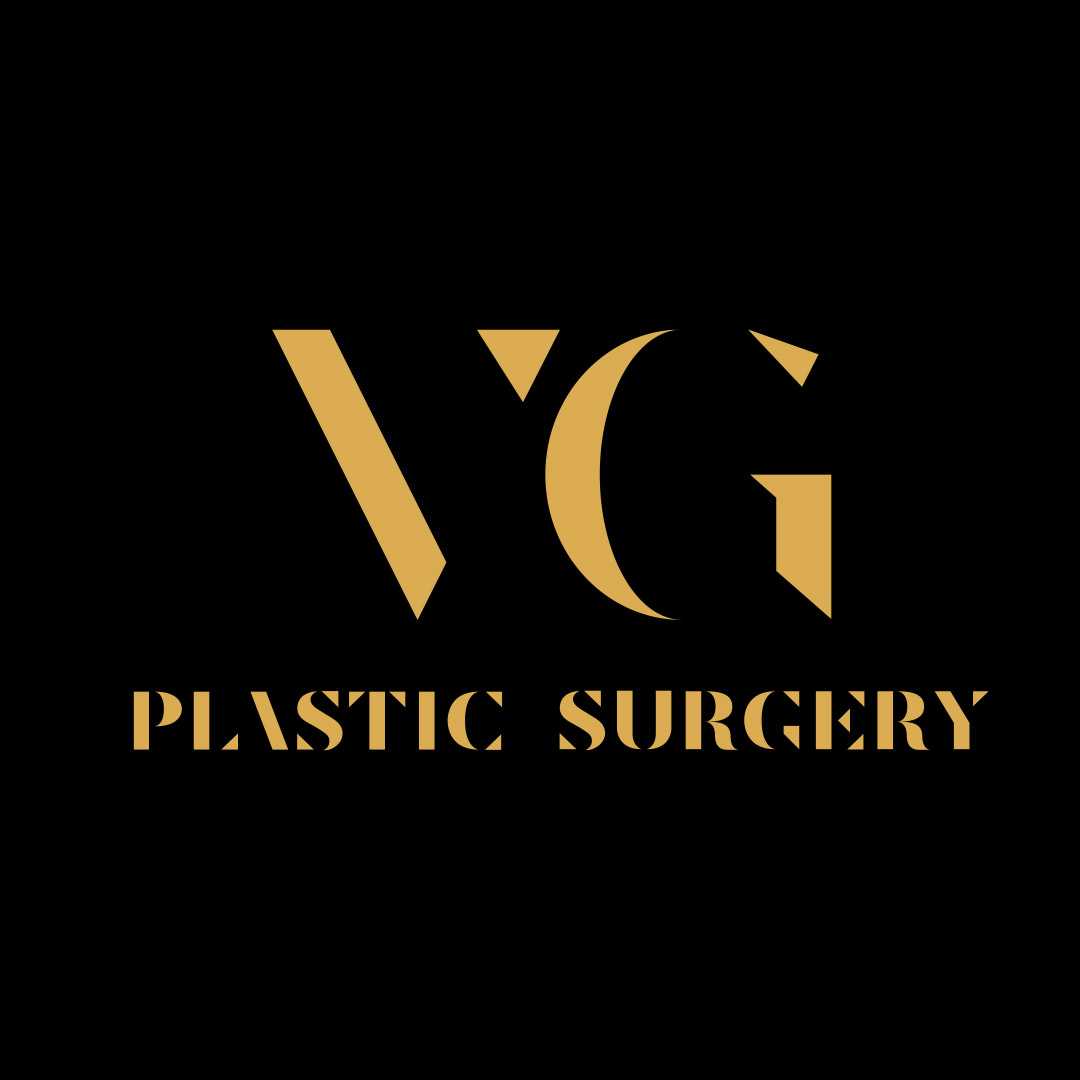
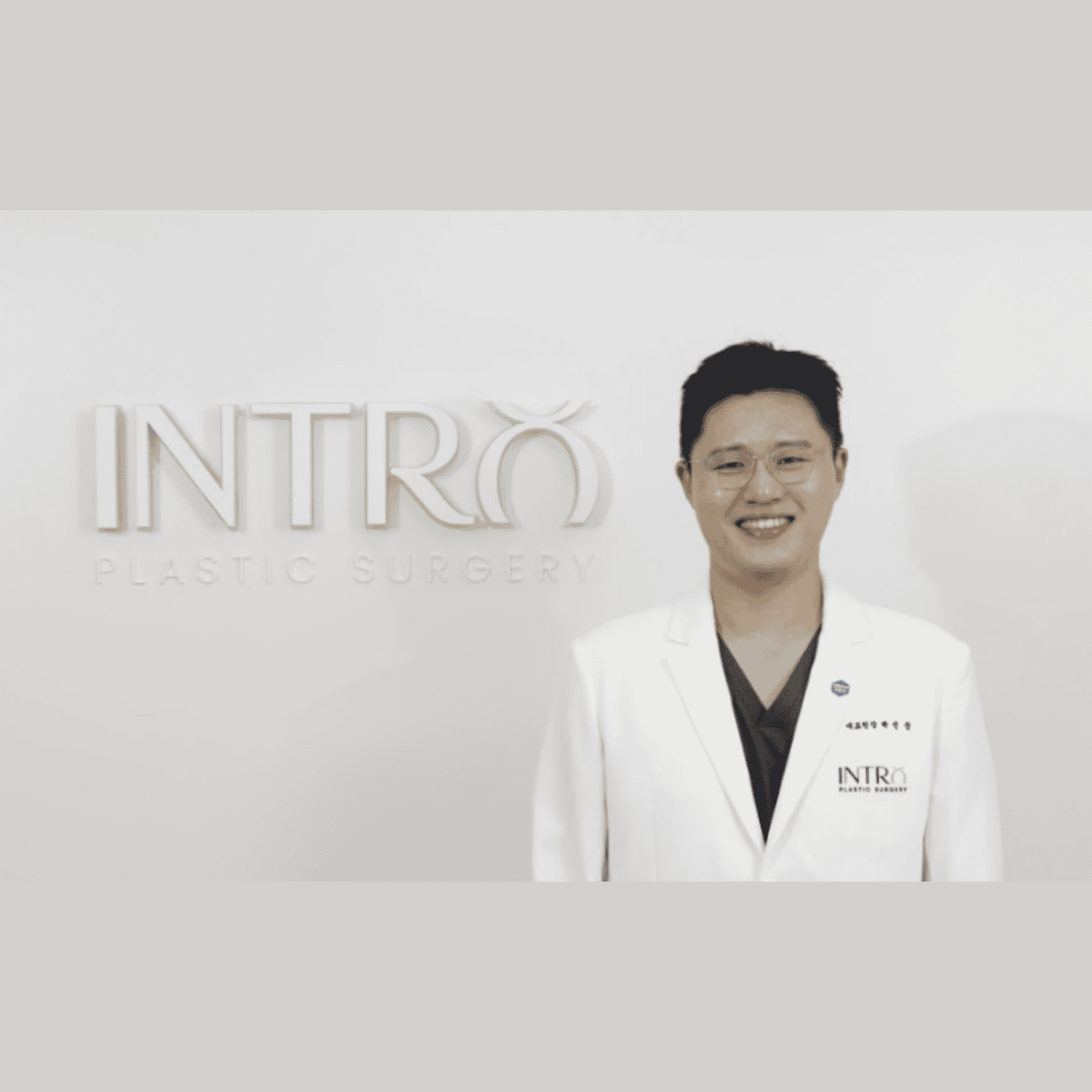
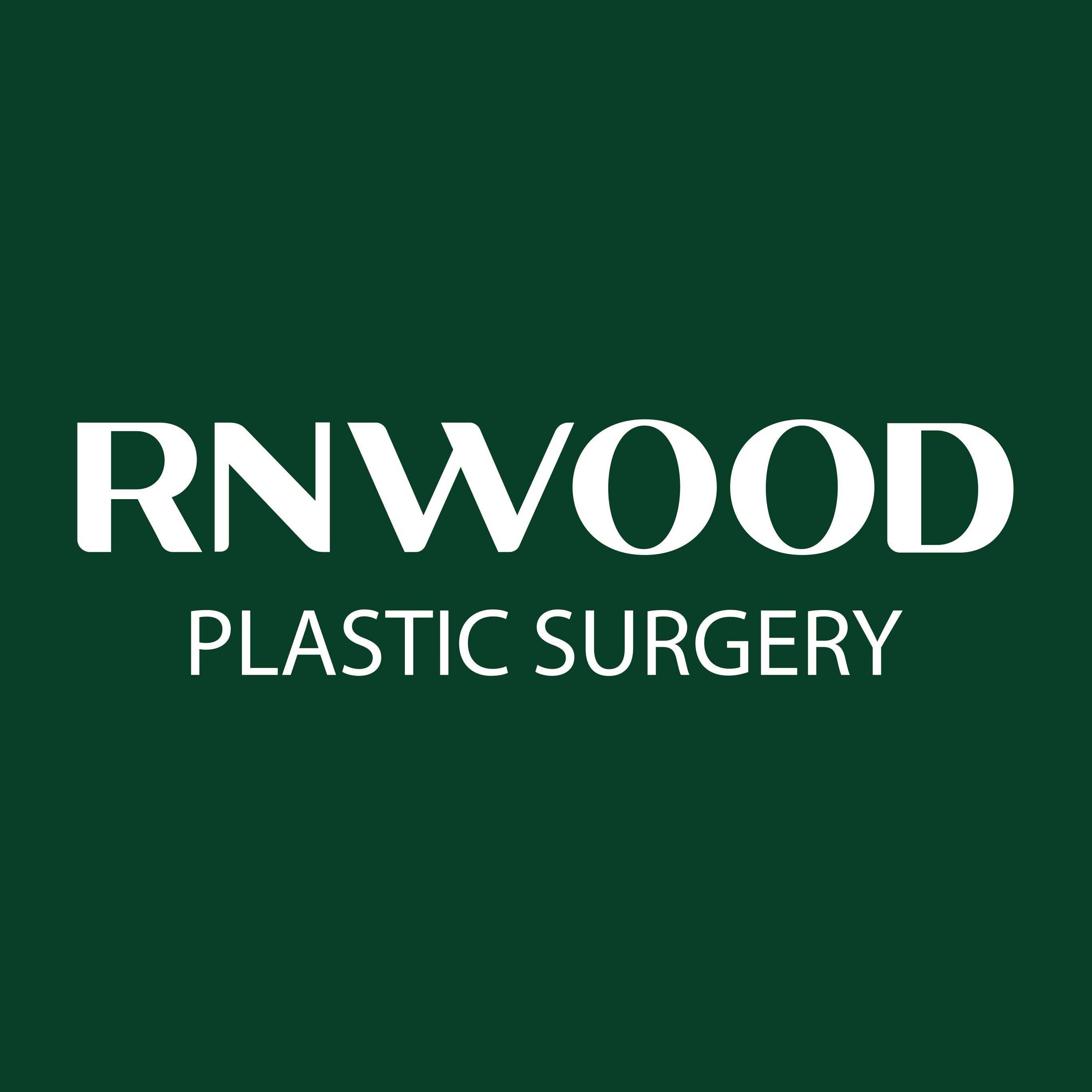


Share this listing